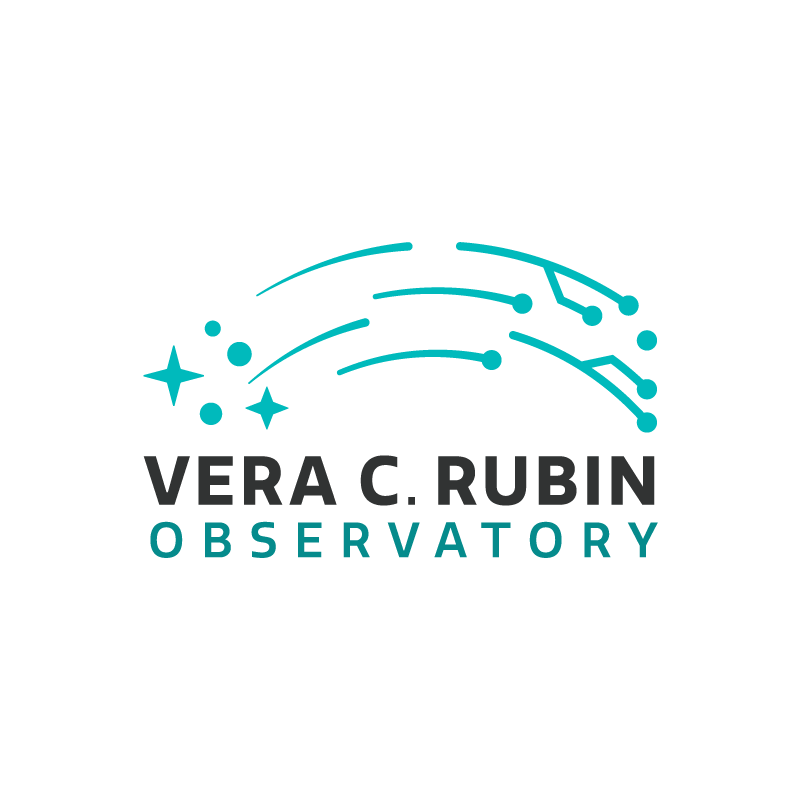Rubin Observatory Receives Two Guinness World Records for Its Camera and Lenses
The project is recognized for having the highest-resolution digital camera and the largest lenses in the world
21 October 2021
Vera C. Rubin Observatory, which is under construction at Cerro Pachón in the Coquimbo Region of Chile, has broken two Guinness World Records. One record goes to the project's digital camera for having the highest resolution in the world, and the other recognizes the biggest of the camera’s three optical lenses as being the largest in the world.
Funded by the US National Science Foundation (NSF) and Department of Energy (DOE), Rubin Observatory includes an NSF-funded world-class 8.4-meter telescope coupled to LSSTCam, a DOE-funded 3.2-gigapixel camera — the largest digital camera ever made for astronomy.
Rubin Observatory's goal is to conduct a 10-year study of the sky that will deliver a huge volume of images and data, addressing some of the most pressing questions about the structure and evolution of the Universe, as well as dark energy and dark matter.
Rubin Observatory will use its world’s-largest optical lens, measuring 1.57 meters (or 61 inches) across, along with two smaller lenses, to take images of the southern hemisphere sky, covering the entire sky visible from Cerro Pachón about every three nights for 10 years. Each image will cover an area 40 times the size of the full Moon.
The computing capabilities planned for Rubin Observatory will allow its data to be processed in real time, thus allowing global alerts to be issued to astronomers no more than 60 seconds after changes in the sky have been detected. These alerts will be publicly available worldwide, while the processed data from the observatory will be available to all astronomers in the United States, Chile, and to those who have contributed to the development of the project.
More information
The National Science Foundation (NSF) and Department of Energy (DOE) will support Rubin Observatory in its operations phase to carry out the Legacy Survey of Space and Time. They will also provide support for scientific research with the data. During operations, NSF funding is managed by the Association of Universities for Research in Astronomy (AURA) under a cooperative agreement with NSF, and DOE funding is managed by SLAC under contract by DOE. Rubin Observatory is operated by NSF NOIRLab and SLAC.
NSF NOIRLab (National Optical-Infrared Astronomy Research Laboratory), the US center for ground-based optical-infrared astronomy, operates the international Gemini Observatory (a facility of NSF, NRC–Canada, ANID–Chile, MCTIC–Brazil, MINCyT–Argentina, and KASI–Republic of Korea), Kitt Peak National Observatory (KPNO), Cerro Tololo Inter-American Observatory (CTIO), the Community Science and Data Center (CSDC), and the Vera C. Rubin Observatory. It is managed by the Association of Universities for Research in Astronomy (AURA) under a cooperative agreement with NSF and is headquartered in Tucson, Arizona. The astronomical community is honored to have the opportunity to conduct astronomical research on Iolkam Du’ag (Kitt Peak) in Arizona, on Maunakea in Hawaiʻi, and on Cerro Tololo and Cerro Pachón in Chile. We recognize and acknowledge the very significant cultural role and reverence that these sites have to the Tohono O’odham Nation, to the Native Hawaiian community, and to the local communities in Chile, respectively.
Links
- Guinness World Record for largest lens
- Guinness World Record for highest resolution digital camera
- Photos of Vera C. Rubin Observatory
- Videos of Vera C. Rubin Observatory
Contacts
Vanessa Thomas
Public Information Officer
NSF NOIRLab
Tel.: 520-318-8132
Email: vanessa.thomas@noirlab.edu



